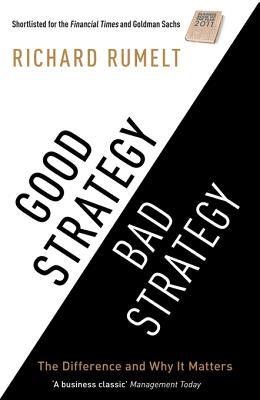More on this book
Community
Kindle Notes & Highlights
A design-type strategy is an adroit configuration of resources and actions that yields an advantage in a challenging situation. Given a set bundle of resources, the greater the competitive challenge, the greater the need for the clever, tight integration of resources and actions. Given a set level of challenge, higher-quality resources lessen the need for the tight integration of resources and actions.
Well-led firms must, from time to time, cast aside old resources, just as they retire obsolete machinery. Yet strategic resources are embedded deeply within the human fabric of the enterprise, and most firms find this a difficult maneuver.
It is also human nature to associate current profit with recent actions, even though it should be evident that current plenty is the harvest of planting seasons long past.
Success leads to laxity and bloat, and these lead to decline. Few organizations avoid this tragic arc. Yet it is this fairly predictable trajectory that opens the door to strategic upstarts.
To see effective design-type strategy, you must usually look away from the long-successful incumbent toward the company that effectively invades its market space. There you will find a tightly crafted and integrated set of actions
Faced with the natural slowing of growth over time, they will try to create an appearance of youthful vigor with bolt-on acquisitions. Then, when their resource base eventually becomes obsolete, they, too, will become prey to another generation of upstarts. It is the cycle of life.


